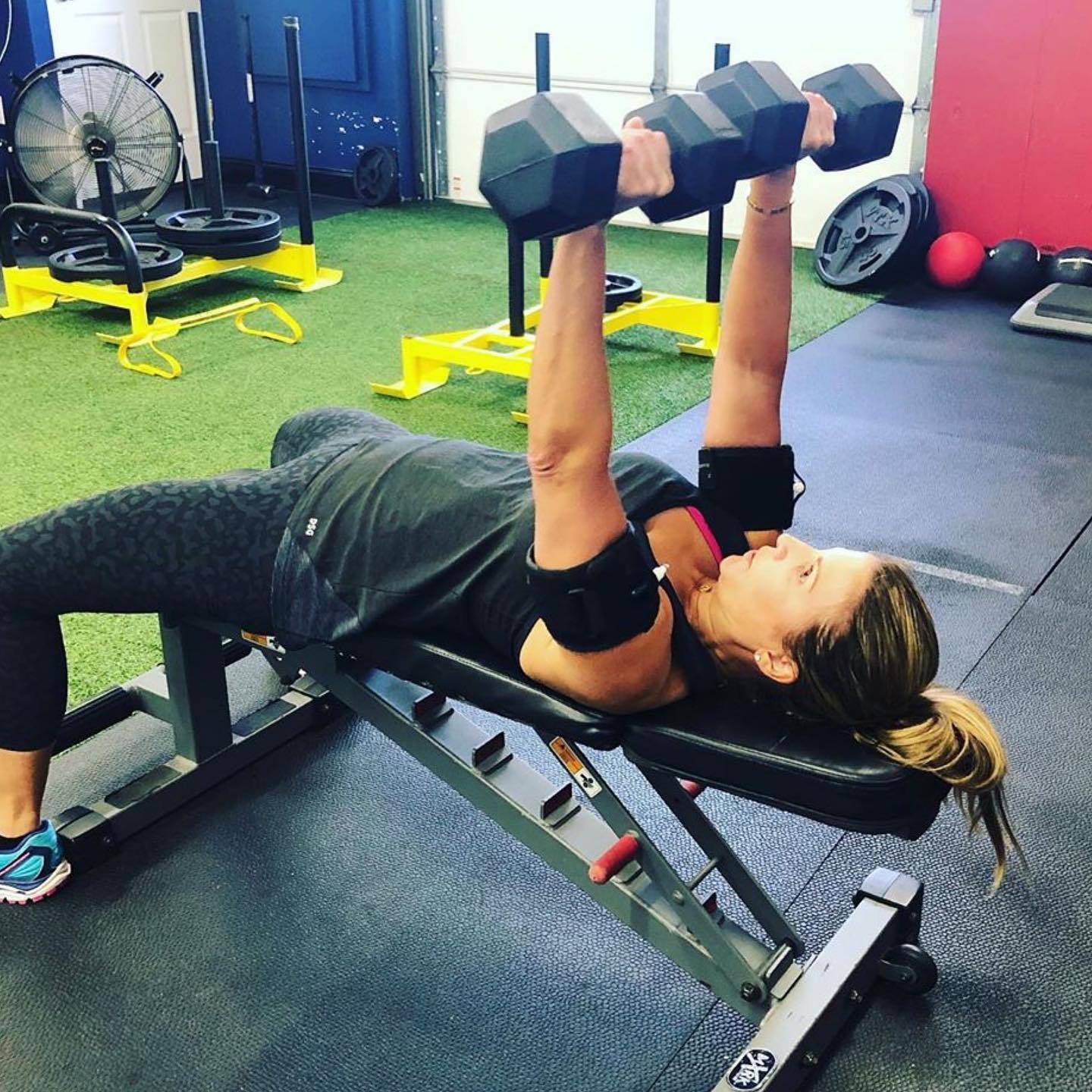
The 411 on Blood Flow Restriction Training
The excitement around blood flow restriction (BFR) training continues to spread long after the 2021 Summer Olympics have ended. Even the New York Times posted about BFR being a, “hot fitness trend” used by Olympians! Though trends tend to go away with time, blood flow restriction is definitely here to stay.
What is Blood Flow Restriction (BFR) training?
Blood flow restriction (BFR) is a type of physical therapy that involves using a tourniquet on the upper thigh or upper arm while using light loads, or even no weights at all, in order to mimic the environment that occurs from lifting heavy loads. Research has shown that muscle strength, hypertrophy and activation outcomes have been shown to be comparable between using BFR with light loads vs lifting with heavy loads. Research has consistently shown that using BFR with light loads vs light loads alone wins with regards to outcomes and muscle strength. BFR is simply a way to make the typical light load used in the rehab setting harder in order to optimize outcomes, and help you gain strength safely and efficiently.
Who can benefit from Blood Flow Restriction (BFR) training?
The short answer is anyone, because simply it is exercise. Researchers do recommend lifting heavy weights if you are able – but for the rehabilitation population, like many of our patients, this may not be possible due to a number of factors such as weight bearing precautions, post surgical pain or restrictions, and osteoarthritis related joint pain. This makes BFR a great tool to use to tap into the same signaling that occurs from lifting heavy but with lighter loads, especially for those still training in surgical recovery.
Is Blood Flow Restriction (BFR) safe?
The tourniquet system that we use on our patients at VSI Physical Therapy is FDA approved that uses an individualized pressure during exercise determined by multiple factors. A safety screen will be performed by the treating therapist in order to determine if implementation of BFR is appropriate. In general, BFR has been shown to be safe for numerous populations. BFR gained a lot of traction in the United States when it was used by the Department of Defense in the limb salvage unit to improve quality of life for soldiers returning home from war. Now, from professional athletes, to even being used in the ICU, this treatment approach has not only be shown to be safe in the research, but also can significantly improve strength, hypertrophy, and decrease pain.
Be on the lookout for more blog posts diving deeper into BFR research articles, mechanisms of BFR and success stories about patients using BFR training to reach their goals.
Topics covered
About the Author
Featured Resources
Insights to Achieve a Pain-Free Life



